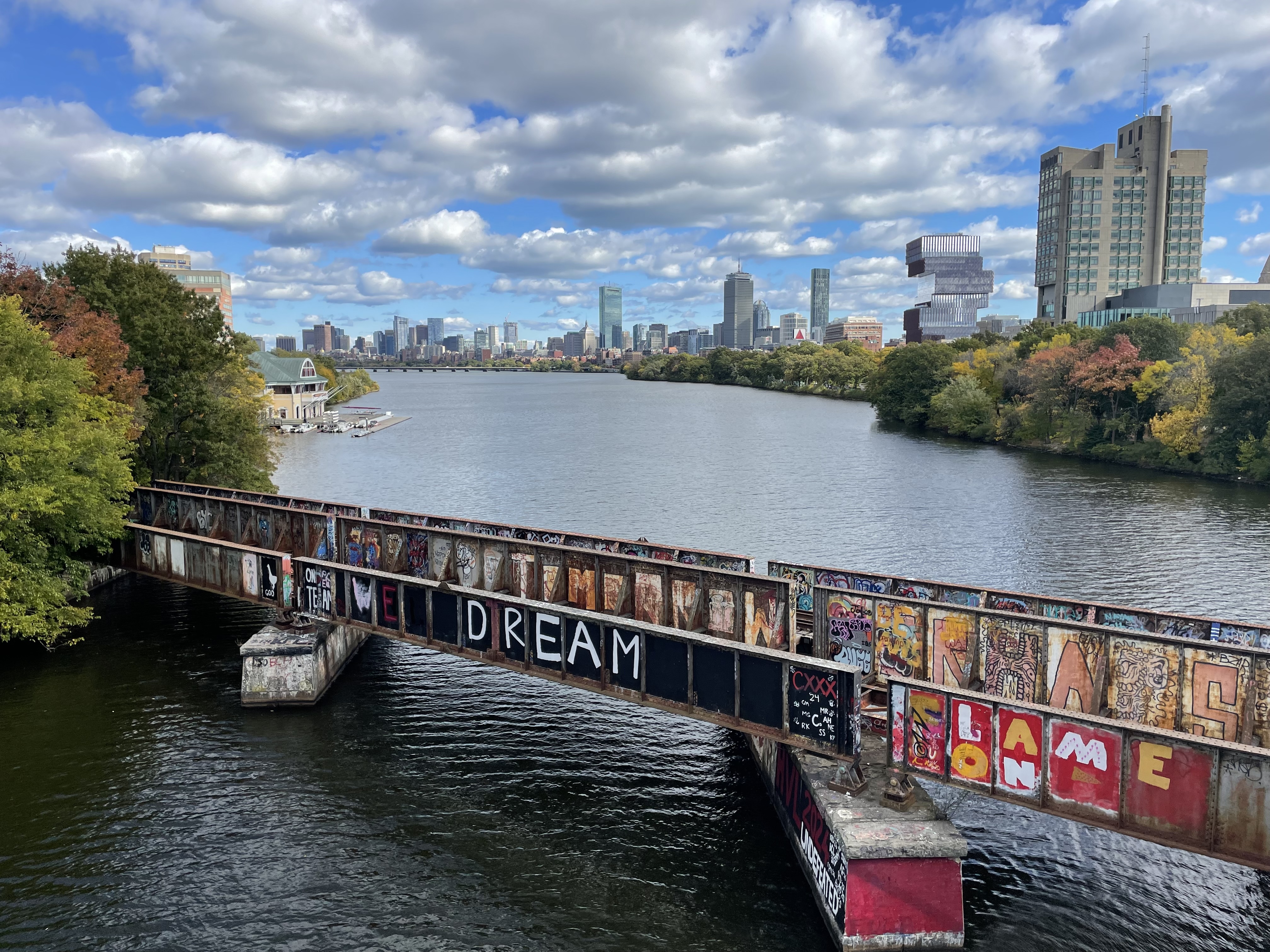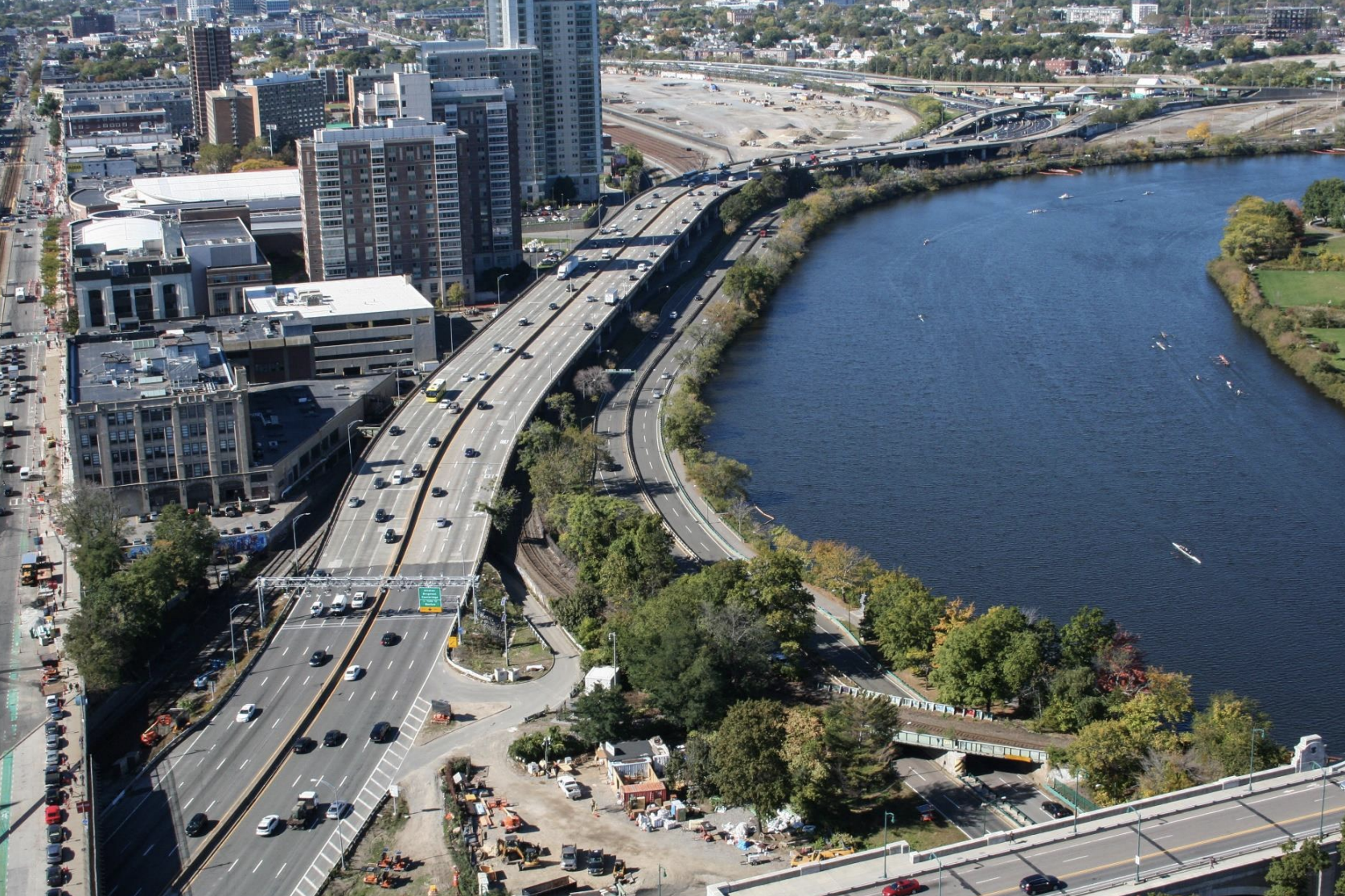You can watch the meeting to learn why MassDOT says they can now only survive a few weeks of GJ closure.
While I appreciate the link - I am not quite so interested as to watch an hour and a half video to possibly get a question answered and I doubt many others will either. If you've got a rough timestamp of some kind where the key discussion happens, that would be helpful both to me and I suspect to get any other significant number of people to watch this/learn about the problem.
Briefly flipping through the slides and skipping around for a minute to try to find it, what I am getting out of this is something along the lines of:
- The
current operations level is not impossible to sustain without the GJ for a while.
- There are planned/hoped for service increases in the next 15 years.
- There is planned expansion of Southside train layover spaces, but slower than the service expansion goals.
- The timing of when, on the current schedule, the GJ would start it's lengthy closure, corresponds with when the gap between expected service levels + available layover berths is particularly large and would present large operational challenges.
Is that correct? And if not, are you able to indicate what about that summary is wrong/describe it in a similarly straightforward fashion?
---------
If so, I'm not sure how to word this in a way that doesn't come off as flippant and cynical, but know that I'm not trying to be obnoxious here:
- I expect that the schedule for this project will slip noticeably, because this is an extremely complicated project in the state of MA. And I expect that the service increases will be delayed, smaller than planned, or both, for the same reason. (also, the federal admin...).
- It sounds a lot like keeping Widett Circle on schedule (as the Allston project likely slips forward) or accelerating it - which should conceptually be easier, because it's a much less complicated project mechanically (bulldoze, lay tracks) would resolve much of the layover crunch.
- And that's assuming it even is an issue, because aside from SCR Phase 1, exactly what else is driving the need for layover space to supposedly increase from ~50 to ~85 spots in the 2020-2030 timeframe? Are these assumptions actually aligned with what we think service reality is likely to be, or are these assumptions aligned with relatively wishful thinking about the pace of change in MA? I'm aware that there's a funded project to add 2 RT's on the Inland Route that's supposed to start running in 2029, but that's what....1 spot? - what else is there that's actually a somewhat real commitment/timeline at this point?



